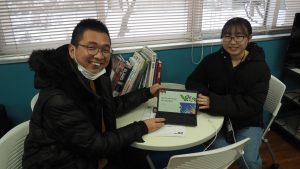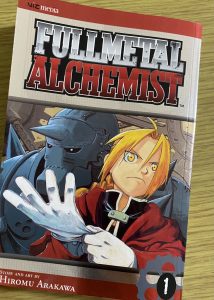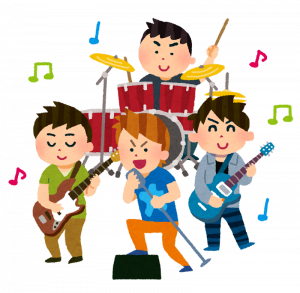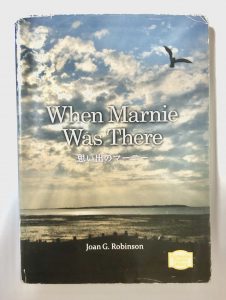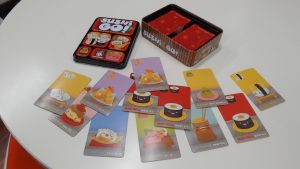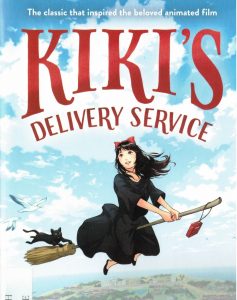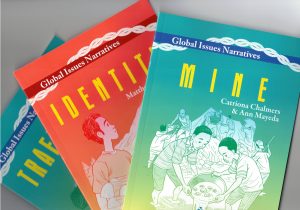Hi, I am Tomoka, a freshman in Humanity and Social Science at Hirosaki University. I will talk about how I was learning English until now. In summer vacation, I went to the Philippines and experienced speaking English throughout the day. I got some new perspectives and realized speaking English is not difficult. Before my summer trip, I mainly attended seminars, but I seldom participated in Conversation Corner in English Lounge. However, after spending my time in the Philippines, I would like to talk with international students in English, so I tried to join Conversation Corner in my second semester. For this essay, I collaborated with Yusrin from Indonesia, a doctoral student at Hirosaki University. First, we met in the English Lounge in October. As we conversed, we found we shared the same interests, and this led to more frequent interactions. For example, we like the same anime, so we exchange information about it. On the other hand, we also teach each other our cultures in English. Hence, we introduced our hometowns to each other in English. In addition, we usually chat on LINE and record our voices. At that time, he gave some advice about grammar, idiomatic words, and expressions to me. Long story short, I think English is a communication tool to broaden my mind. If you are not really confident about how to communicate in English, don’t worry! You can enjoy English Lounge! You can talk with international students who can understand Japanese. Please come to English Lounge, you can speak English gradually in there!!
